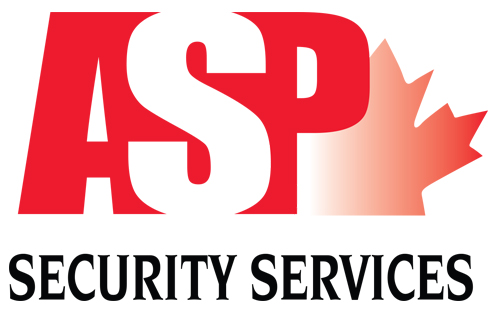Winter Hazards
By Laurel Woodhouse, H&S Manager
The cold temperatures and icy conditions that are often a part of Canadian winters can cause hazards at the workplace.
- Cold stress—Exposure to the cold can lead to frostbite and hypothermia. Hypothermia—The body can no longer maintain its core temperature, causing persistent shivering, confusion, and poor coordination.
- Frostbite—Parts of the body are exposed to extremely cold temperatures or come into contact with cold objects, causing the tissues to freeze.
- Slips and falls—Ice, snow, slush, wet surfaces, and mud (during a thaw) can cause slips and falls. A slip on the ground can cost you weeks off work. A slip at height can cost you your life.
- Carbon monoxide (CO)—CO is a clear, colourless gas that you can’t smell or taste.
It interferes with your body’s ability to use oxygen. Even in small doses, it can kill you.
Controls
Wear several thin layers of clothing instead of one thick layer.
- Wear gloves, as well as a hat or other head covering that can fit under a hard hat.
- Wear one pair of thick socks or two pairs of thin socks.
- If you get hot when you’re working, open your jacket but keep your hat and gloves on.
To prevent slips and falls:
- Clean the ice and snow off the soles of your boots and from access areas and work platforms.
- Use sand, salt, or other de-icing material. (Ice often forms on the underside of platform materials, so don’t just turn them over.)
- When working at height, be extra careful in the morning since there may be new frost and snow.
- Watch your footing. Platforms may be clear in sunny areas but icy in the shade.
- When walking, have at least one hand free to help keep your balance and cushion a fall.
To prevent exposure to CO gas:
- When heating an enclosed space, use an indirect-fired heater.
- Check propane vehicle-cab heaters for leaks and proper venting.
- Operate engines outdoors when possible.
- When engines must be operated indoors, take the following precautions: Choose electric rather than fuel-powered equipment; make sure the area is well ventilated; keep doors and windows open and use fans to bring in fresh air; monitor CO levels regularly with a gas detector.

